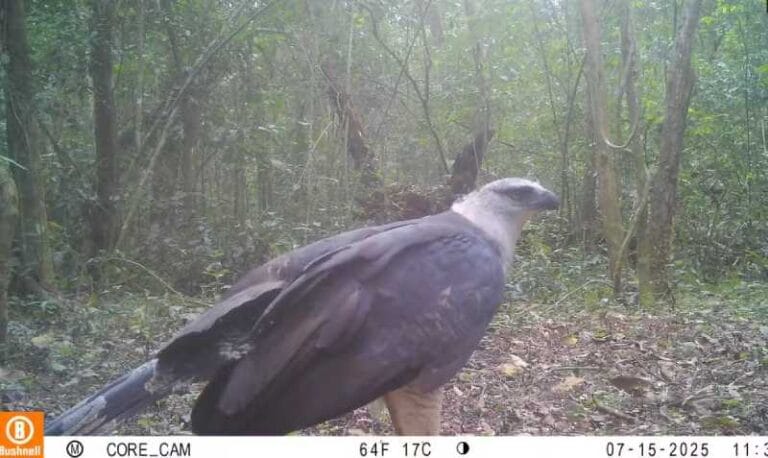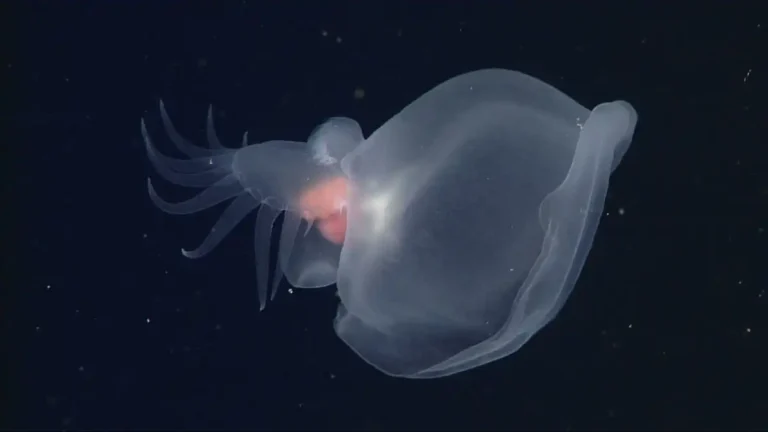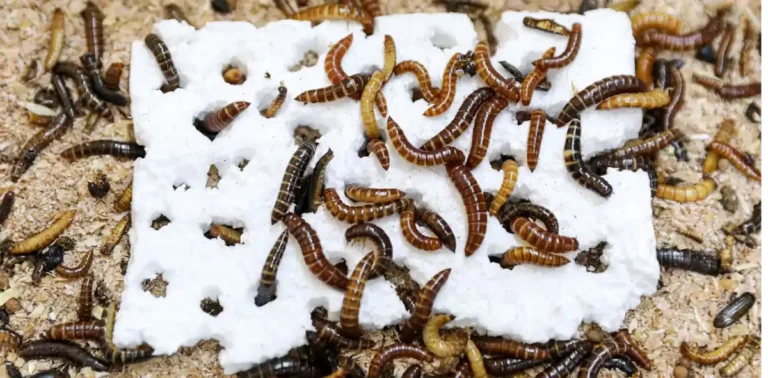New species of abalone discovered on remote islands in New Zealand
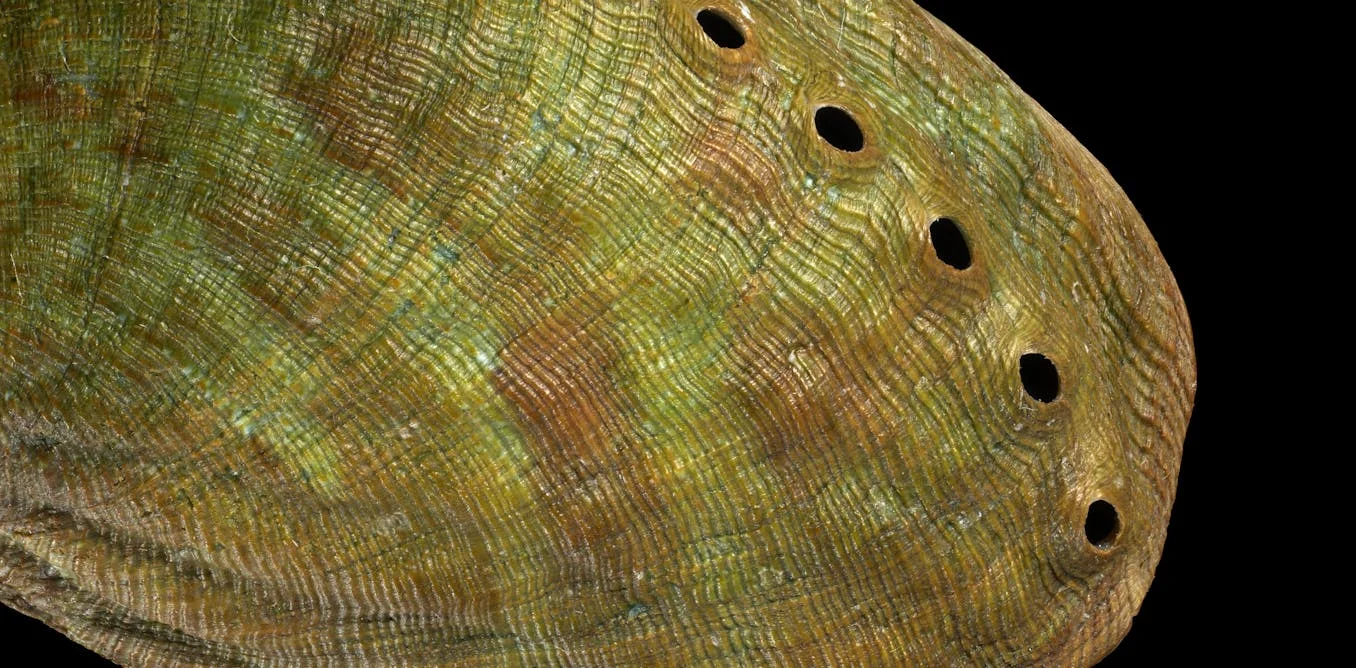
Kerry Walton, Museum of New Zealand Te Papa Tongarewa; Hamish G Spencer, University of Otago, and Nic Rawlence, University of Otago
It has long been suspected that a small pāua (known as abalone, ormers or ear-shells overseas) found around a remote island chain north of Aotearoa New Zealand differs from all other pāua.
Our earlier genetic research, using pioneering methods to extract ancient DNA from shells, provided the extra evidence needed.
We could now formally name and describe the new species of pāua from the Three Kings Islands/Manawatāwhi.
The scientific name of the Manawatāwhi pāua, Haliotis pirimoana, was proposed by Ngāti Kuri, who hold historic and territorial rights over the islands (mana i te whenua). Its name means “the pāua that clings to the sea”.
A national treasure

Pāua live on shallow reefs around the world, where they graze on algae. Globally, there are about 70 pāua species, ranging from “button” to “beret” in size.
Globally, few wild-caught abalone fisheries remain due to overfishing and a “withering disease” that has, fortunately, not been detected in Aotearoa New Zealand.
In New Zealand, we now recognise four living pāua species. Three of these – the black-foot pāua (Haliotis iris, which grows to about 200mm in size), the yellow-foot pāua (H. australis, 120mm) and the virgin pāua (H. virginea, 70mm) – are distributed broadly along the coast of mainland New Zealand.
Pāua are a taonga (national treasure). Their opalescent shells are iconic: they form the eyes of carvings, were used in traditional fishing lures, and feature in contemporary art and jewellery.
Surprisingly, these wonderful colours are not caused by different pigments. Instead, they result from a layer of shell made of a special form of calcium carbonate that splits light into its component parts, like oil on water.
Recreational harvest of pāua as kaimoana (seafood) is a national pastime (as is debate over the best ways to tenderise and cook them). Black-foot pāua are also the focus of growing aquaculture and pearl industries.
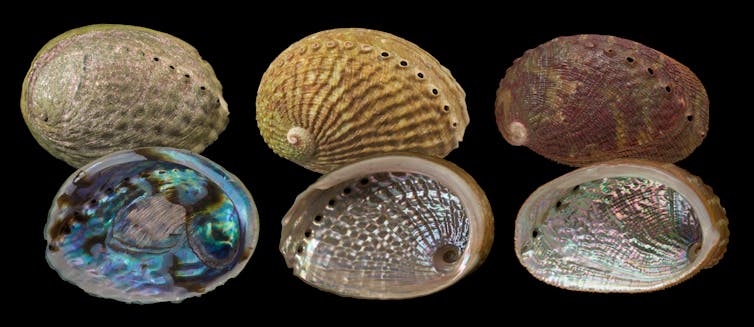
Why this matters
It’s not every day we discover a new species, although it happens more often than you might think.
Species discovery is seldom punctuated by a clear “Eureka!” moment. More often, it’s a muted thought that something looks a little different. So it was with the discovery of the Manawatāwhi pāua.
The Manawatāwhi pāua grows to just shy of 40mm. It is unlikely to have any commercial value or require conservation efforts. However, this species is another in the list of taonga (treasures) unique to Manawatāwhi specifically, and to Aotearoa more broadly.
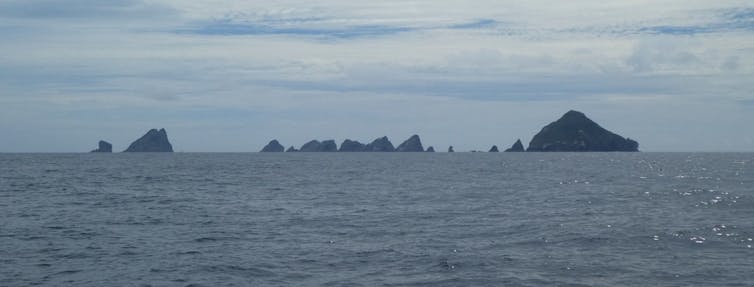
The Manawatāwhi island chain lies roughly 60km northwest of Cape Reinga/Te Rerenga Wairua, the northern tip of the North Island. The islands are rugged, remote and beautiful.
Surrounded by deep water, and directly in the path of the Tasman Front which brings warm water from Australia but results in the localised upwelling of cold water, Manawatāwhi teems with life. Many of the islands’ coastal and terrestrial species occur nowhere else on Earth.
Manawatāwhi is not “pristine”, but the region remains a benchmark showing what much of Aotearoa used to be like. Ngāti Kuri are keenly aware of the importance of the taonga in their rohe (tribal area), and they are active in restoration, research and conservation efforts.

Biodiversity research, expertise and reference collections are critical for understanding the structure of regional ecosystems and predicting how they might respond to human activities and the changing climate. Such research provides the evidence necessary for effective fisheries, biosecurity and conservation management. It can ultimately contribute significantly to the economy.
We are in a global biodiversity crisis. Species are going extinct faster than we can discover and name them. The Museum of New Zealand Te Papa Tongarewa and the National Institute of Water and Atmospheric Research (NIWA) recently partnered with Ocean Census to discover hundreds of new species from deep water off southern Aotearoa.
There are, however, thousands of species we have already discovered, which are still awaiting formal names. There are very few biodiversity scientists left in Aotearoa to do this work.
This research reflects our obligation towards future generations so they, too, can enjoy the wonderful richness of our biodiversity.
Kerry Walton, Curator Invertebrates, Museum of New Zealand Te Papa Tongarewa; Hamish G Spencer, Sesquicentennial Distinguished Professor of Zoology, University of Otago, and Nic Rawlence, Associate Professor in Ancient DNA, University of Otago
This article is republished from The Conversation under a Creative Commons license. Read the original article.

